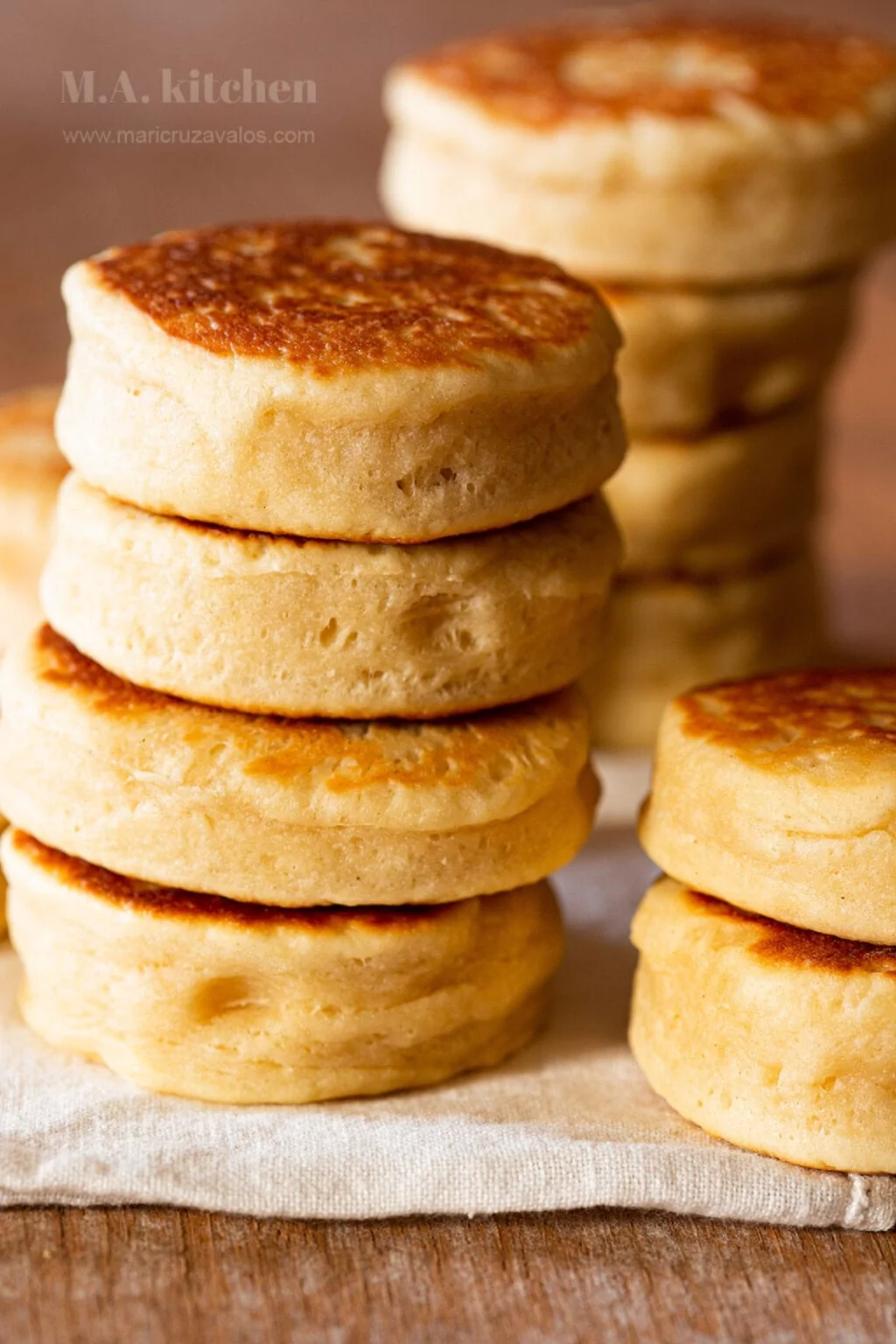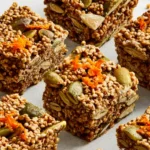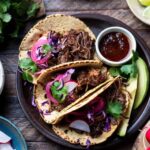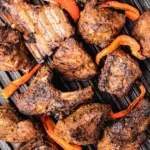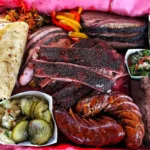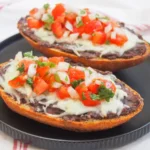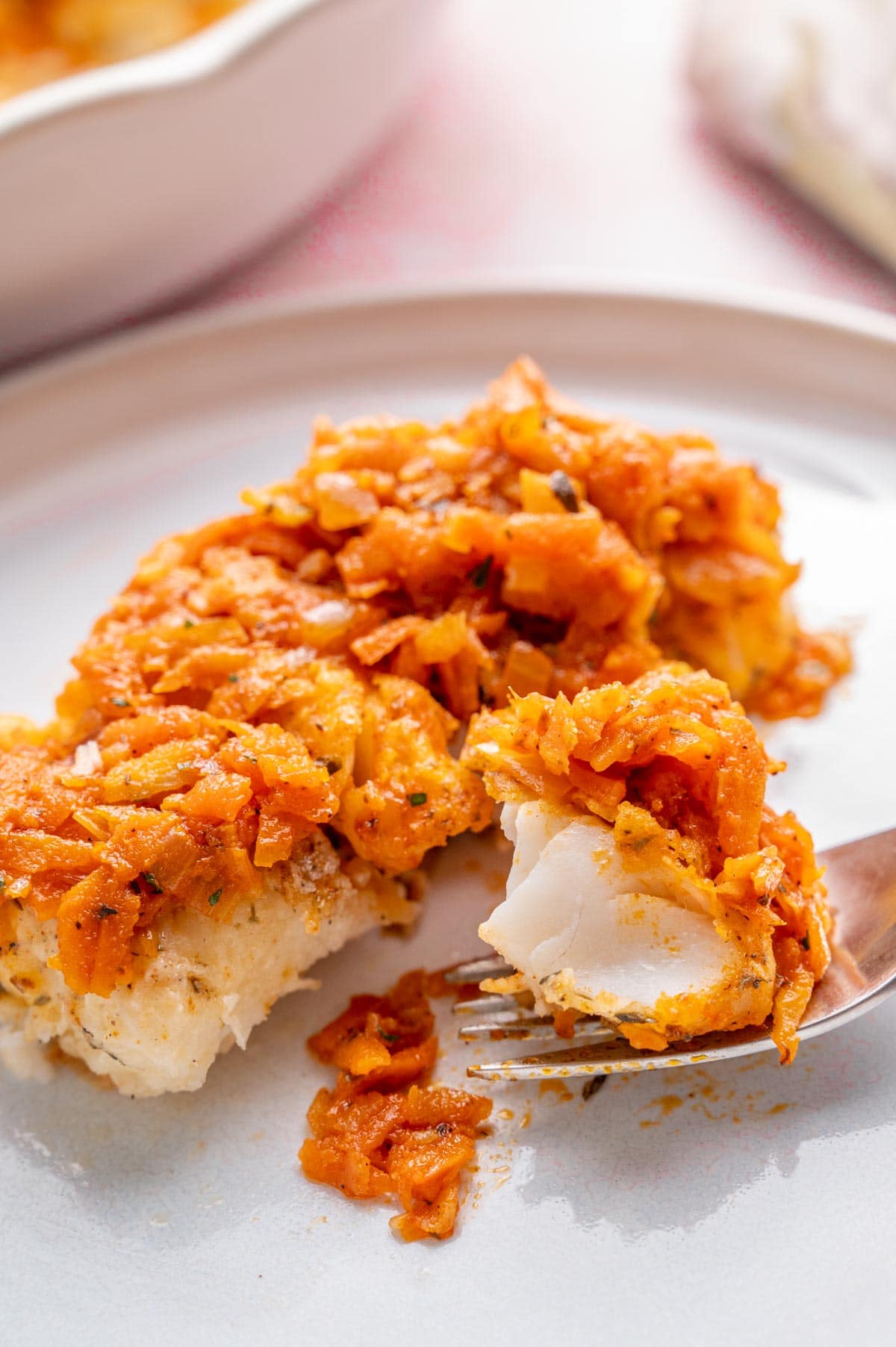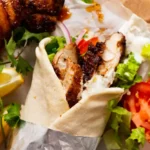Mexican cuisine is rich in tradition, offering a variety of delicious breads that are enjoyed across the world. In this article, you will discover an assortment of 14 authentic Mexican bread recipes that bring the flavors of Mexico to your kitchen. Whether you are looking for something sweet like conchas or a savory option like bolillos, these recipes offer a diverse selection to explore.
Each bread carries its own unique history and method, reflecting the cultural heritage of Mexico. From the vibrant pan dulce to the classic bolillo, these breads are perfect for any occasion, making your meals more enjoyable and authentic.
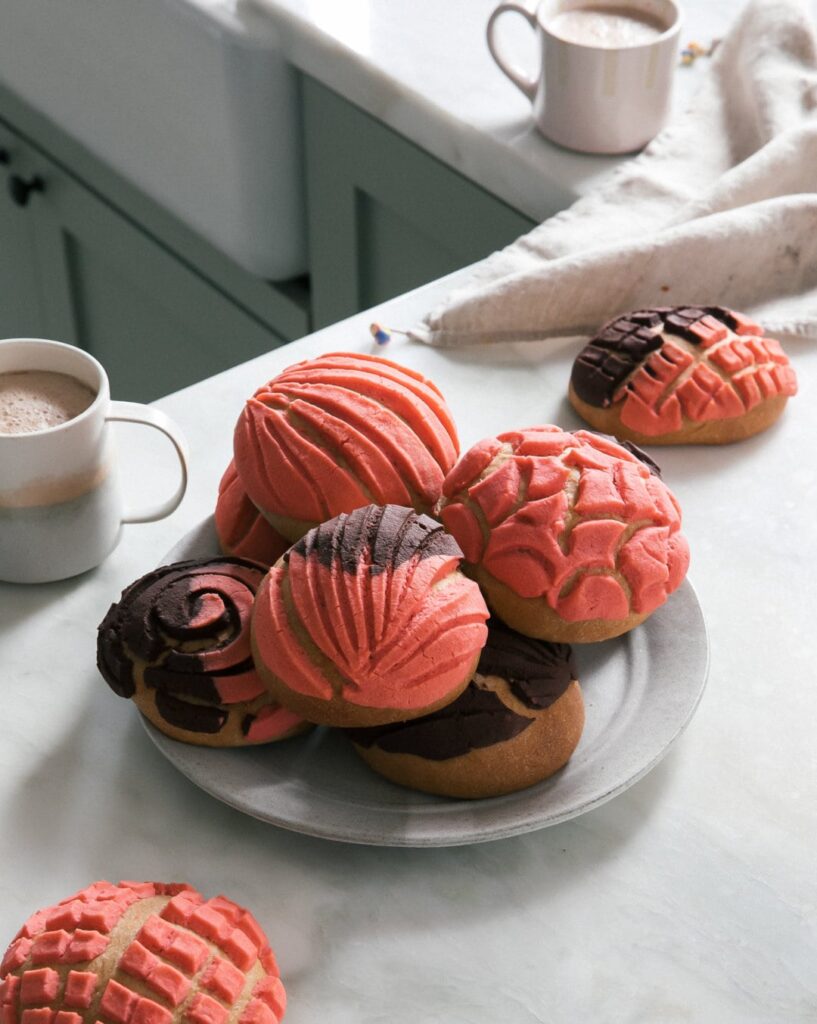
1) Conchas
Conchas are a beloved Mexican sweet bread. They are famous for their shell-like appearance. Each concha has a soft, fluffy inside with a crunchy, sugar topping.
To make conchas, you start by mixing warm milk, yeast, and a bit of sugar until it gets frothy. This helps the dough rise and become fluffy.
Next, combine flour, sugar, eggs, salt, and butter to form the dough. Knead it well and let it rise until it doubles in size. This usually takes about an hour.
For the topping, mix sugar, butter, and flour. Spread this mixture over the dough balls before baking. Use a knife to create the shell pattern on top.
Bake conchas at 325°F for about 20 minutes or until golden. Let them cool slightly before serving.
These sweet breads are often enjoyed with coffee or hot chocolate. They are a popular choice for breakfast or as a snack.
Making conchas at home takes time but is worth the effort. The fresh taste and texture are a delightful treat!
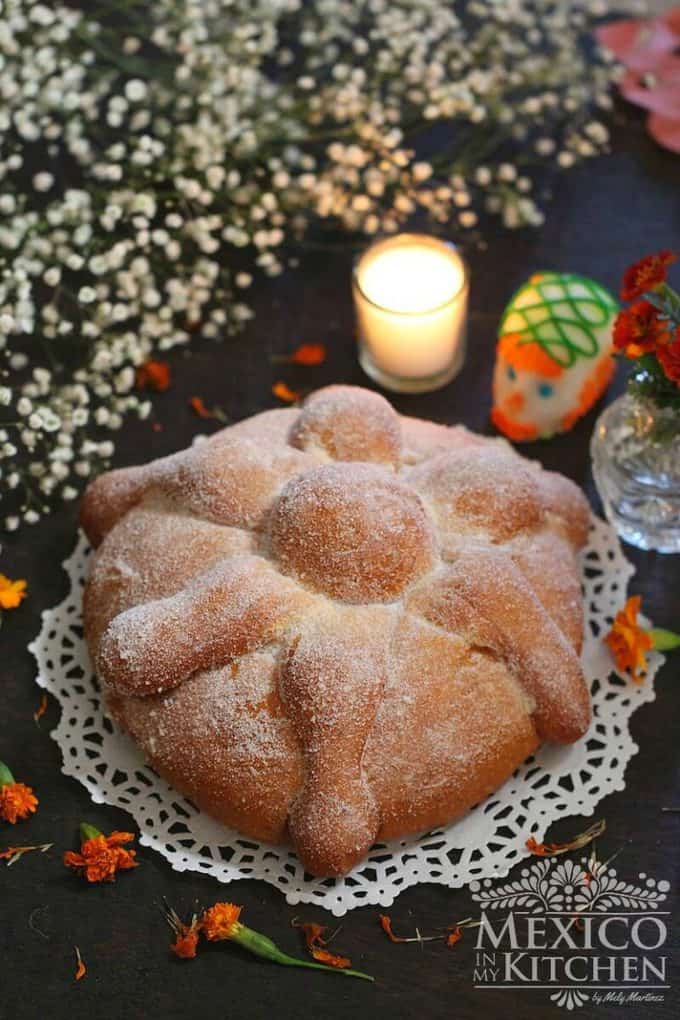
2) Pan de Muerto
Pan de Muerto, or Bread of the Dead, is a traditional Mexican sweet bread. It is commonly baked for Dia de los Muertos, celebrated on November 1st and 2nd. The bread is often decorated with bone-shaped pieces to honor the dead.
To make Pan de Muerto, you start with basic ingredients like flour, sugar, and eggs. You’ll also need anise seeds and orange zest for flavor. Warm milk helps activate the yeast.
The dough needs to be kneaded until it’s smooth and elastic. After that, let it rise in a warm place until it’s doubled in size. This can take about an hour.
Once the dough has risen, shape it into round loaves or rolls. Use extra dough to form bone-like decorations on top of the bread. Let the shaped dough rise again before baking.
Bake the bread in a preheated oven until it’s golden brown. After it cools, brush it with melted butter and sprinkle with sugar. This adds a sweet, shiny coating.
Enjoy Pan de Muerto with your loved ones as you remember those who have passed. Its unique flavor and festive decorations make it a special treat for the holiday.
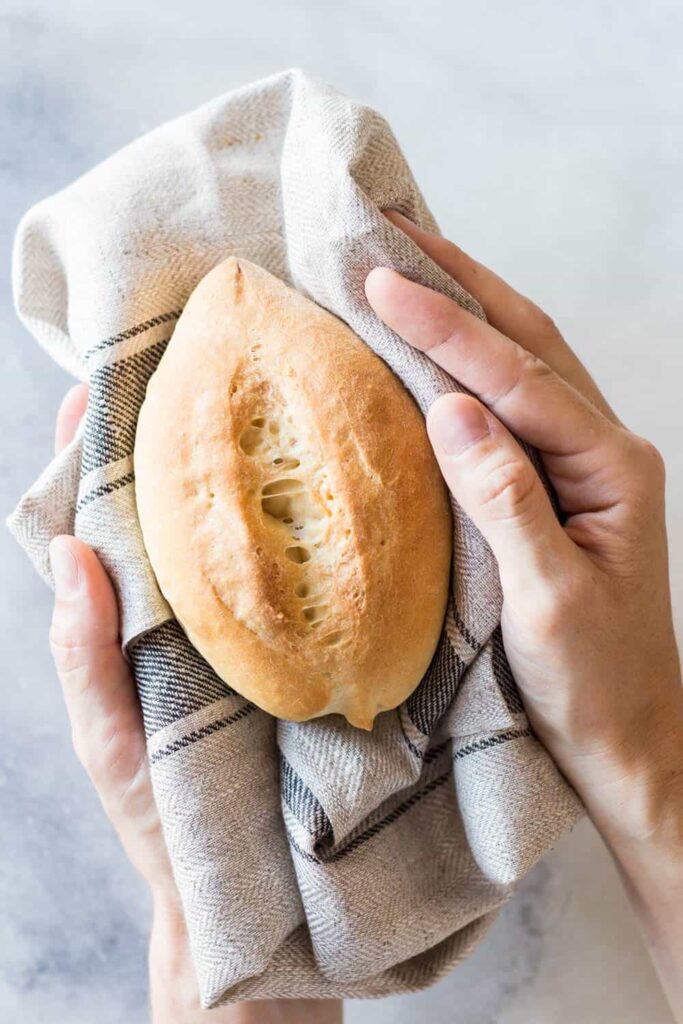
3) Bolillos
Bolillos are classic Mexican rolls that are perfect for sandwiches or as a side with soups and stews. These rolls have a crisp, golden crust and a soft, fluffy interior.
To make bolillos, start by mixing all-purpose flour, salt, yeast, and a bit of melted shortening. Knead the dough until it becomes smooth and elastic. You can use a stand mixer or knead by hand.
Once the dough is ready, let it rest before dividing it into small pieces. Shape each piece into a ball and let them rest again for a short time. This helps to develop the texture.
Preheat your oven to around 425ºF. Create steam in the oven by placing a dish with water on the bottom rack. This step is key to achieving the crusty texture of bolillos.
Before baking, make a slit on top of each roll. This allows steam to escape and helps to form the crust. Bake until golden brown and enjoy them fresh from the oven.
Bolillos can be enjoyed in many ways. They’re great for making tortas or as a side with a meal. Their versatile nature makes them a favorite in Mexican cuisine.
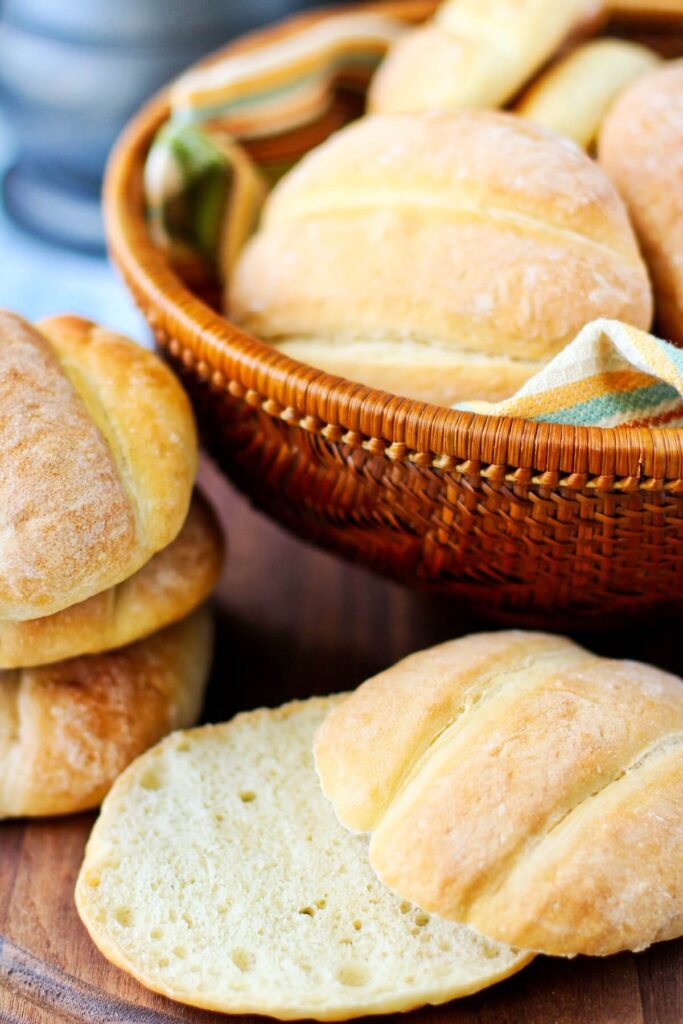
4) Telera
Telera is a popular Mexican bread often used to make tortas, which are traditional Mexican sandwiches. This bread has a soft, fluffy texture and a slightly sweet flavor, making it a favorite for many dishes.
You can find Telera rolls in bakeries across Mexico. They have a crispy crust on the outside but are soft inside, similar to French bread.
Making Telera bread at home is quite simple if you follow step-by-step instructions. The main ingredients are wheat flour, yeast, water, and salt. Some recipes might include a bit of sugar to enhance the flavor.
The dough is shaped into oval rolls and allowed to rise before baking. Once baked, Telera rolls become golden brown with a crisp crust. They are perfect for sandwiches but also go well as a side with main dishes.
Whether you enjoy them plain or filled with meats, cheeses, or veggies, Telera rolls are a versatile addition to your meals. Try making your own at home to enjoy their delicious flavor fresh out of the oven.
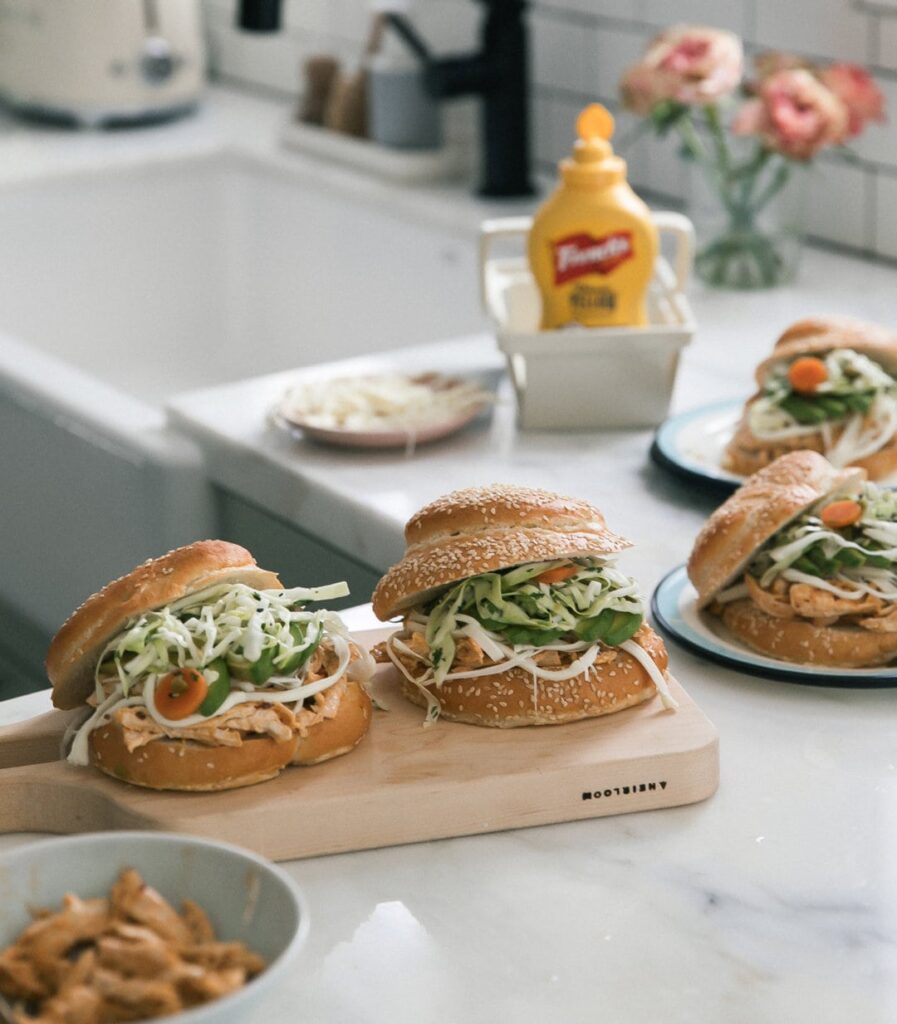
5) Cemitas
Cemitas are a type of Mexican sandwich roll that originated in Puebla. They are unique for their flavorful and slightly sweet taste. These rolls are often topped with sesame seeds, which add a nice crunch.
To make cemita dough, you combine dry ingredients like flour, cornmeal, salt, and yeast. Separately, mix wet ingredients such as water, buttermilk, eggs, and melted butter.
Combine the wet and dry ingredients and mix until the dough forms. You need to knead the dough to develop its texture. This process can be done by hand or using a stand mixer.
Cemita rolls are baked until golden brown. Once baked, they feature a soft, airy interior and a slightly crisp exterior. These rolls are perfect for making traditional Mexican sandwiches.
In a typical cemita sandwich, you might find fillings like shredded Queso Oaxaca, avocado slices, and breaded cutlets. The combination of these ingredients creates a delicious and hearty meal.
You can often substitute cemita rolls with other types of buns, but using authentic cemitas gives the best experience. The unique taste and texture make these rolls special and an essential part of Mexican cuisine.
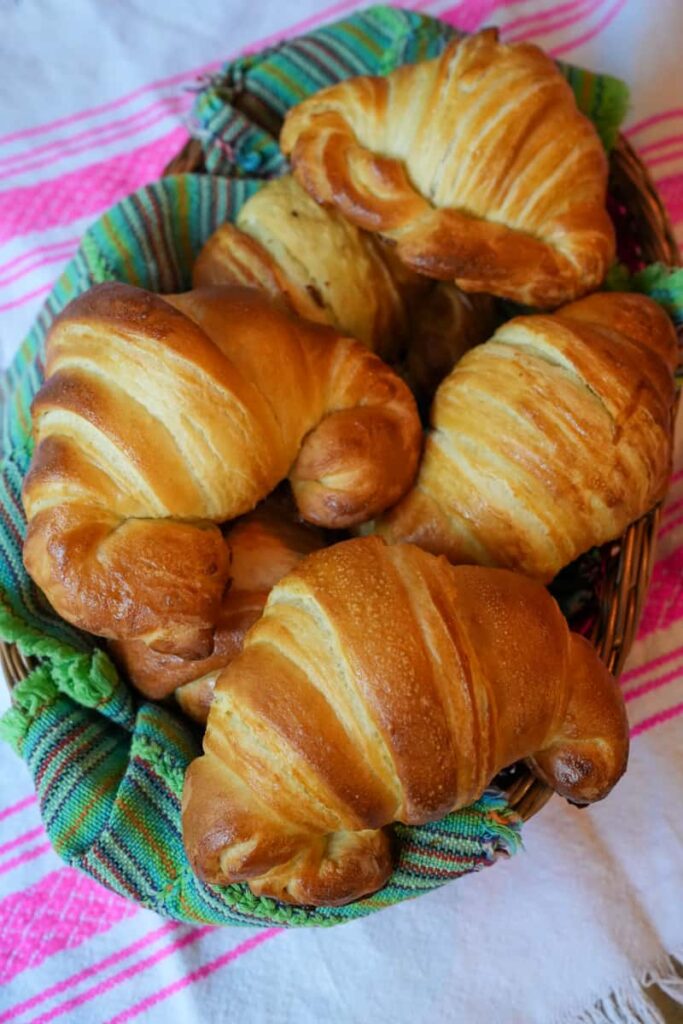
6) Cuernitos
Cuernitos, also known as Mexican croissants, are a delicious and popular type of pan dulce. They have a slightly sweet, buttery flavor and a flaky texture.
To make Cuernitos, you start by preparing a dough that includes flour, sugar, yeast, and milk. Ensure your milk is warm but not hot to activate the yeast correctly.
Once the dough has risen, you roll it out into a large, thin sheet. Then, you cut the dough into triangles. Roll each triangle from the base to the tip to create a crescent shape.
Place the rolled dough on a baking sheet lined with parchment paper. Allow them to rise again for about 30 minutes before baking. This step is crucial for achieving the perfect texture.
Before baking, brush each Cuernito with an egg wash made from egg yolks, milk, and sugar. This helps them develop a golden, shiny crust.
You can enjoy Cuernitos plain or with various fillings like vanilla custard, cream cheese, or fruit preserves. They pair perfectly with a cup of coffee or hot chocolate.
Baking Cuernitos at home gives you fresh, warm pastries that can be enjoyed by your whole family. Their beautiful shape and delicious taste make them a delightful addition to any breakfast or snack time.
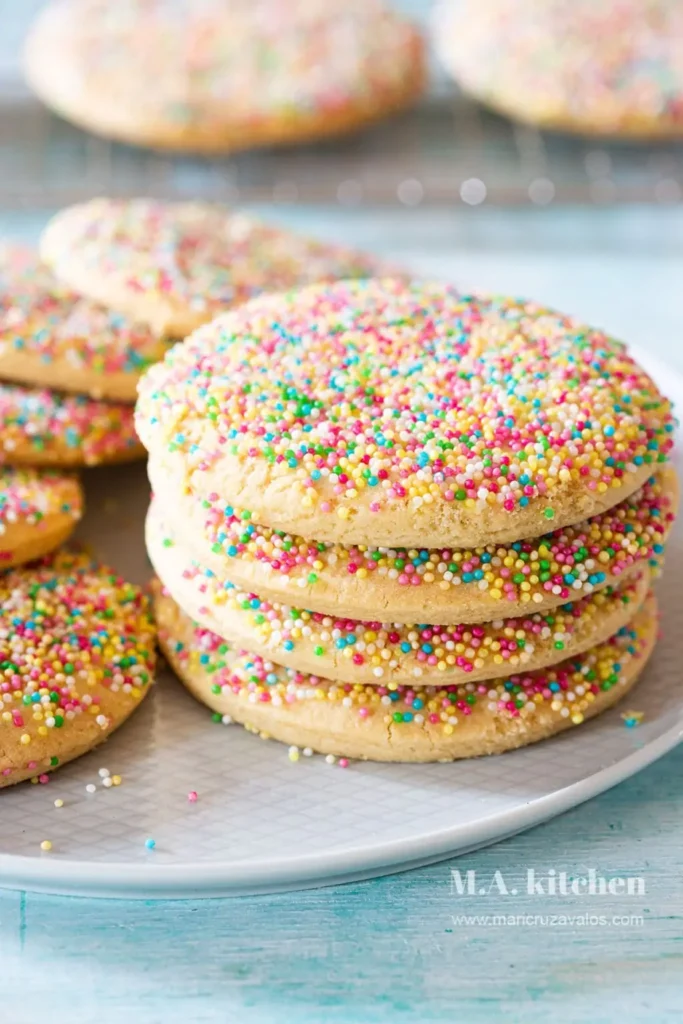
7) Galletas de Gragea
Galletas de Gragea, also known as Mexican Sprinkle Cookies, are vibrant and festive treats. They are known for their bright, colorful sprinkles that cover the top of each cookie. These cookies are perfect for celebrations and special occasions.
To make Galletas de Gragea, you start by preheating your oven to 350°F (175°C). In a large bowl, cream together softened butter and sugar until the mixture is fluffy. You then add in an egg and vanilla extract, mixing until everything is smooth.
In a separate bowl, whisk together flour, baking powder, and salt. Gradually combine the dry ingredients with the wet mixture. Mix until a soft dough forms.
Now comes the fun part—shaping the dough! You scoop out small portions of dough, rolling them into balls. Roll one side of each ball in colorful sprinkles, pressing them in gently.
Place the sprinkled dough balls on a baking sheet lined with parchment paper. Ensure there’s enough space between each ball to allow for spreading during baking.
Bake the cookies for about 10-12 minutes or until the edges are slightly golden. Allow them to cool on the baking sheet for a few minutes before transferring to a wire rack to cool completely.
Galletas de Gragea are delightful sweet treats that bring color and joy to any occasion. Their playful appearance and tasty flavor make them a favorite in many households.
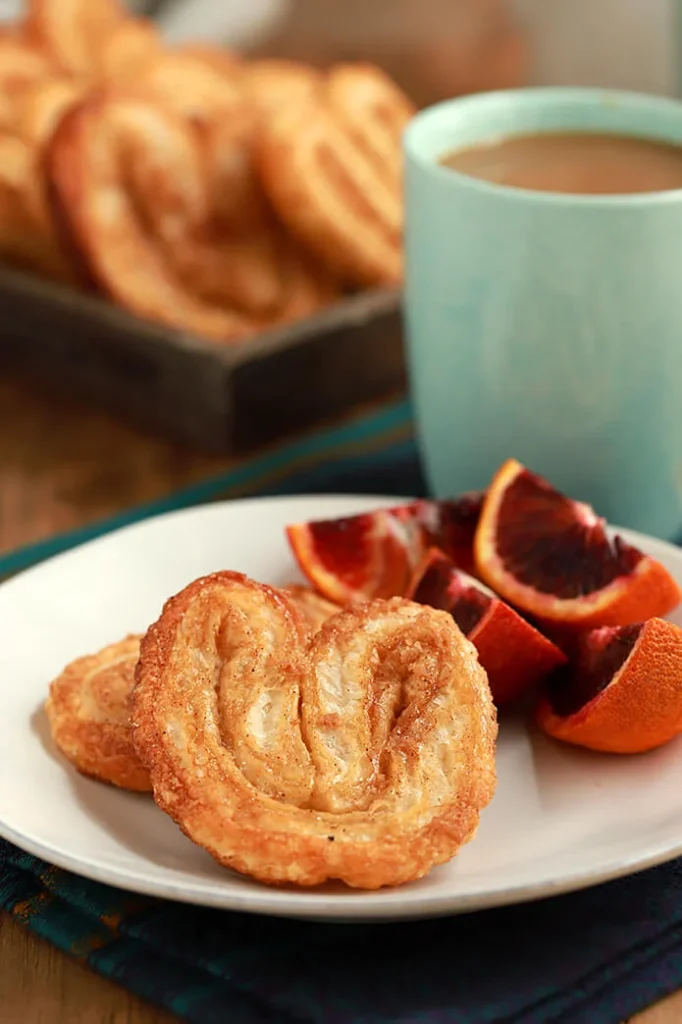
8) Orejas
Orejas, also known as palmiers, are classic Mexican pastries. These sweet treats are shaped like ears and are flaky and crispy.
To make orejas, you need puff pastry, sugar, cinnamon, and a pinch of salt. First, mix the sugar, cinnamon, and salt in a small bowl.
Next, sprinkle some of the sugar mixture on a clean work surface. Place the puff pastry sheet on top and sprinkle more of the sugar mixture over it.
Use a rolling pin to press the sugar into the dough gently. Then, fold about an inch of the pastry from each side towards the center. Continue folding until both sides meet in the middle.
With a sharp knife, cut half-inch slices from the folded pastry. Place these slices on a parchment-lined baking sheet. Make sure there is enough space between each slice.
Bake the orejas at 425°F (220°C) for 5-7 minutes. Flip them with a spatula and bake for another 3-4 minutes. Let them cool on a rack. Store them in an airtight container for up to 5 days.
Enjoy these deliciously sweet and crispy pastries with a cup of coffee or hot chocolate.
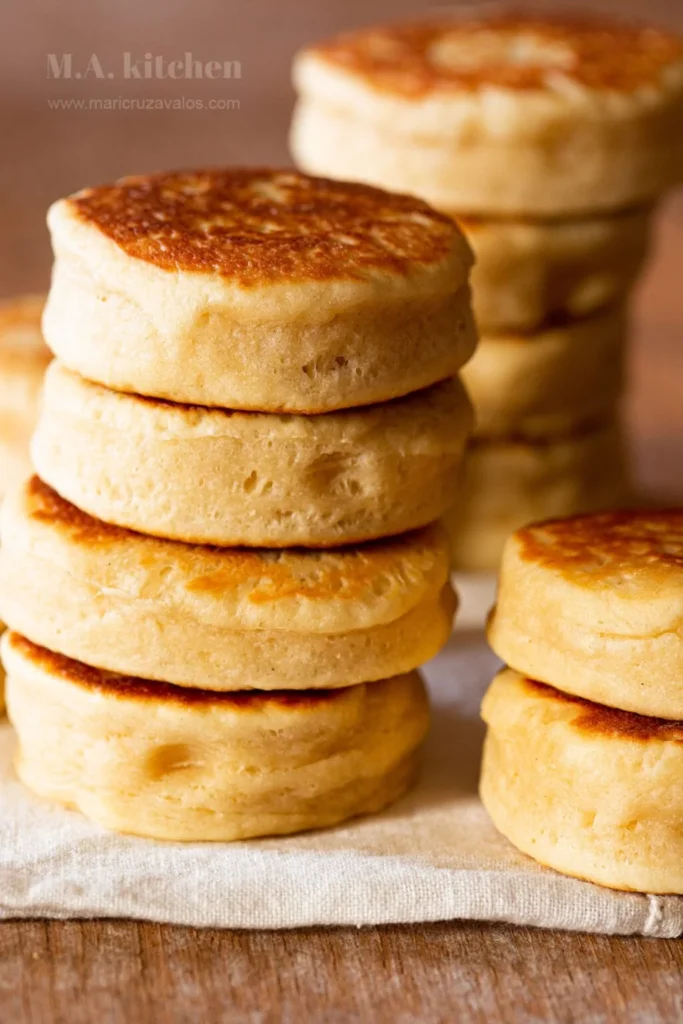
9) Gorditas de Nata
Gorditas de Nata are a delicious treat from Mexico. They are small, sweet, and perfect for any time of day.
To make gorditas de nata, you need flour, baking powder, sugar, salt, eggs, vanilla extract, and nata or clotted cream.
Start by mixing the flour, sugar, baking powder, and salt in a large bowl.
Add the eggs and vanilla extract to the center of your dry ingredients. Gradually mix everything together with your hands.
Slowly add the clotted cream and knead until your dough is smooth and thick.
Heat a non-stick skillet or griddle over medium-low heat. Roll the dough into balls and flatten them into small discs.
Cook the gorditas for a few minutes on each side until they turn golden brown.
Remove them from the skillet and let them cool slightly. Gorditas de nata are best enjoyed warm, plain or with your favorite toppings.
This recipe is easy to follow and creates soft, delicious gorditas that you will love.
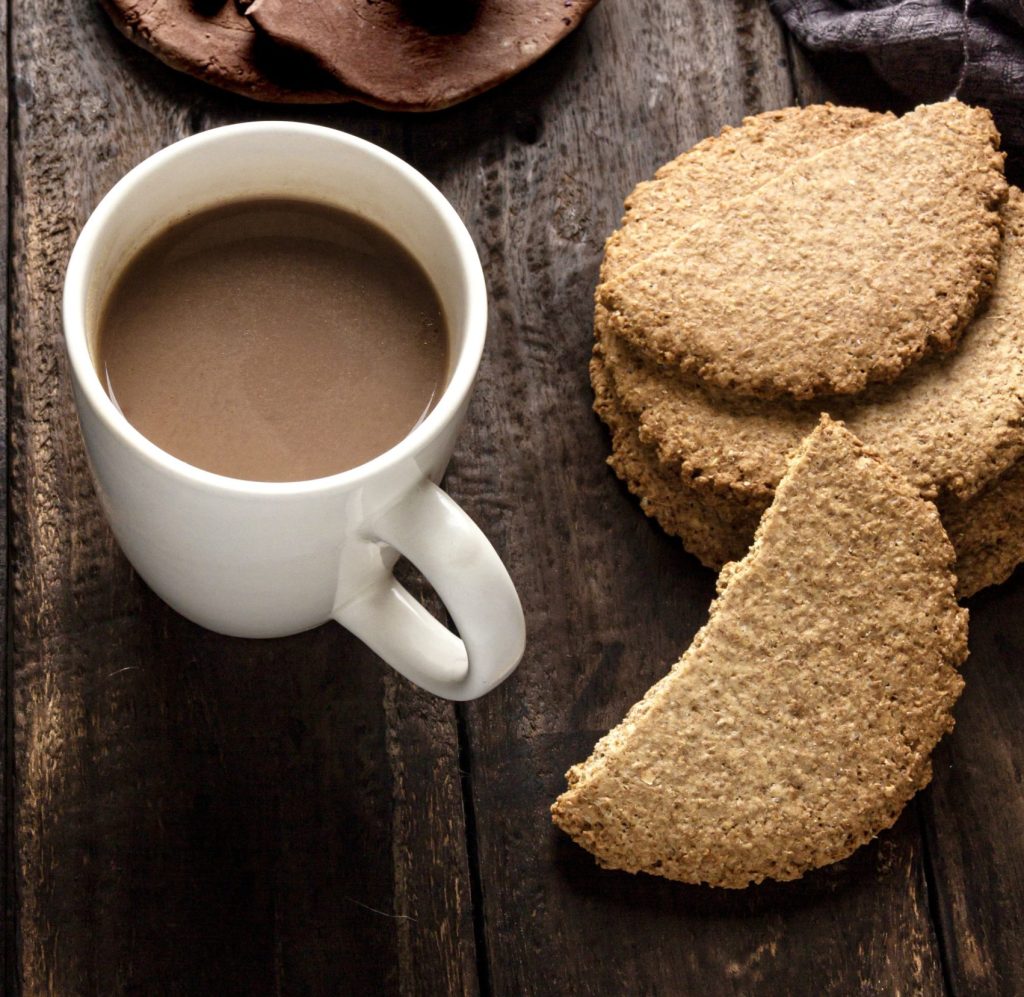
10) Champurradas
Champurradas are traditional Guatemalan sesame seed cookies. They have a crunchy texture and are often enjoyed with coffee.
To make champurradas, start by creaming butter, margarine, and sugar until light and fluffy. Add the eggs one at a time, mixing well. Stir in vanilla extract for extra flavor.
In a separate bowl, mix flour, baking powder, and salt. Gradually add this dry mixture to the butter mixture, forming a soft dough. Shape the dough into small balls, then flatten them on a baking sheet.
Sprinkle sesame seeds on top before baking. Bake at 350°F (175°C) until the champurradas are golden brown. Let them cool before serving.
Enjoy your champurradas with a hot cup of coffee or tea. They are perfect for breakfast or an afternoon snack.
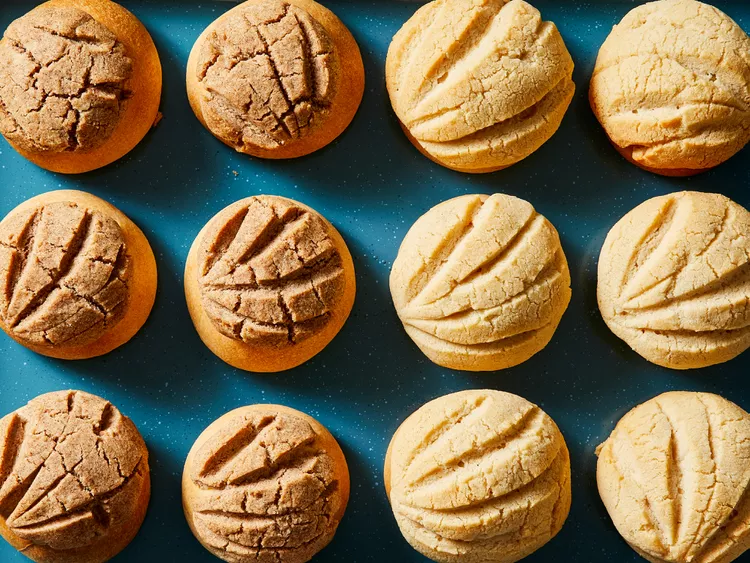
11) Conchitas
Conchitas, also known as conchas, are a popular type of Mexican sweet bread. Their name means “shell” in Spanish because of the shell-like patterns on top.
To make conchitas, you’ll need to start by preparing a yeast mixture. Mix warm water and yeast, and let it sit until it forms a creamy foam.
Next, combine the yeast mixture with flour, milk, sugar, melted butter, an egg, and salt. Knead the dough until smooth and elastic. Let it rise in a warm place until it doubles in size.
For the topping, mix sugar and butter until fluffy. Shape the dough into small balls, flatten them slightly, and place on baking sheets. Divide the topping into pieces, press onto each dough ball, and use a knife to create the shell pattern.
Let the conchitas rest again to double in size. Preheat your oven to 350°F and bake for 15-16 minutes. Let them cool for a few minutes before serving.
Conchitas are enjoyed at breakfast or as a snack with coffee or hot chocolate. Their sweet dough and crumbly toppings make them a real treat. You can experiment with different colors and flavors in the topping for variety.
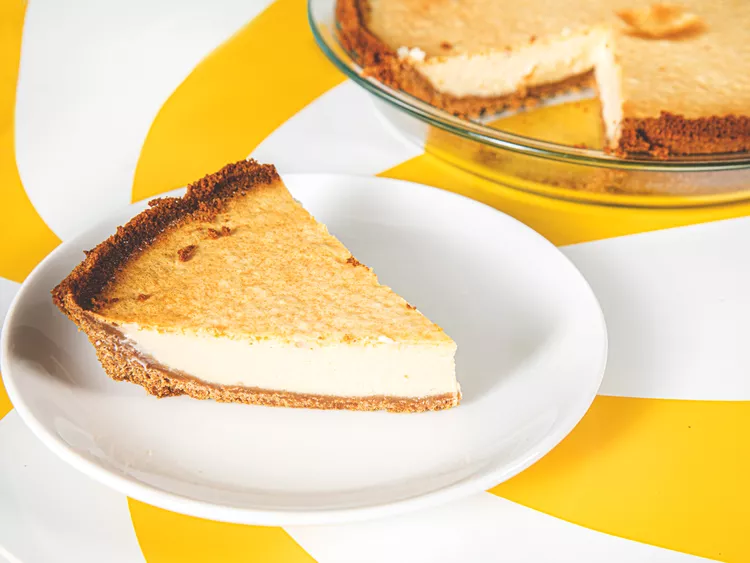
12) Pay de Queso
Pay de Queso, also known as Mexican cheese pie, is a delightful dessert that combines sweet and creamy flavors.
To make this dish, you start by preparing the crust. Crush cookies and mix them with melted butter. Press this mixture into a pie dish and refrigerate until firm.
For the filling, blend evaporated milk, sweetened condensed milk, vanilla extract, eggs, and cream cheese until smooth. Queso fresco can also be added for an extra touch.
Pour the filling into the chilled crust. Bake at a high temperature for the first five minutes. Then, lower the oven temperature and continue baking for about thirty minutes.
Turn off the oven, leaving the pie inside with the door closed for fifteen minutes. This helps prevent the pie from sinking. Once done, let it cool completely before serving.
This dish is perfect for special occasions or a sweet end to any meal. Enjoy the creamy texture and rich flavors of Pay de Queso!
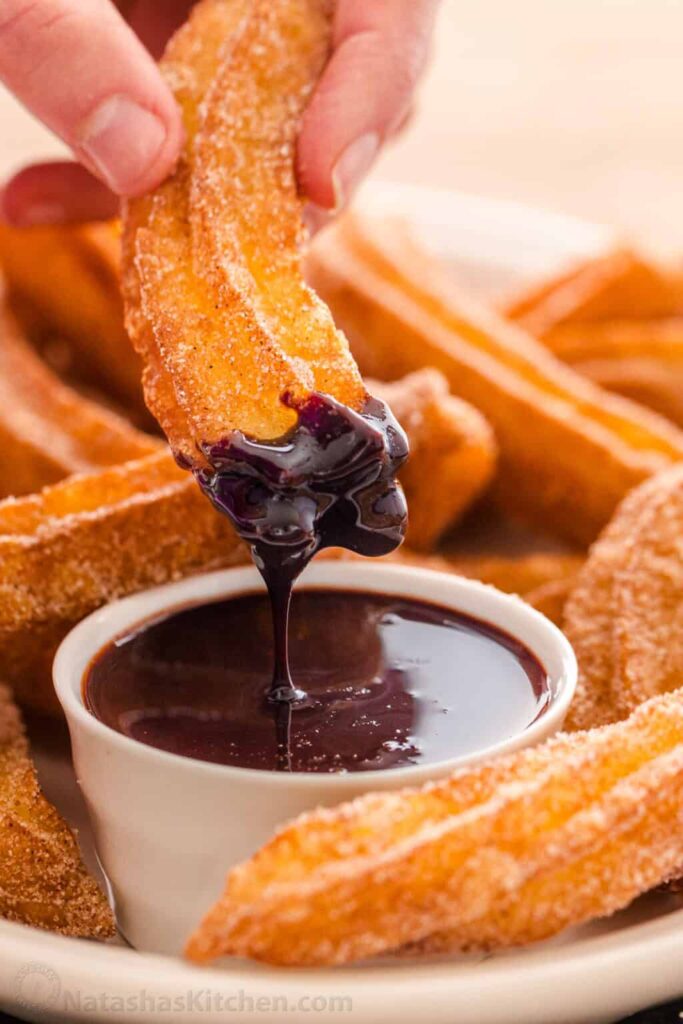
13) Churros
Churros are a popular Mexican treat, often enjoyed with a cup of hot chocolate. They are made from a simple dough that is fried until crispy and golden.
First, you need to combine water, a bit of sugar, salt, and butter in a saucepan. Bring this mixture to a boil.
Add flour all at once and stir vigorously until the dough forms a smooth ball. Let the dough cool for a few minutes before transferring it to a piping bag.
Heat oil in a fryer or deep pot to about 375°F (190°C). Pipe the dough directly into the hot oil, making churros about 4-6 inches long.
Fry the churros until they are golden brown, then remove and drain on paper towels.
Finally, roll the warm churros in a cinnamon-sugar mixture to coat them evenly. Your churros are now ready to be enjoyed!
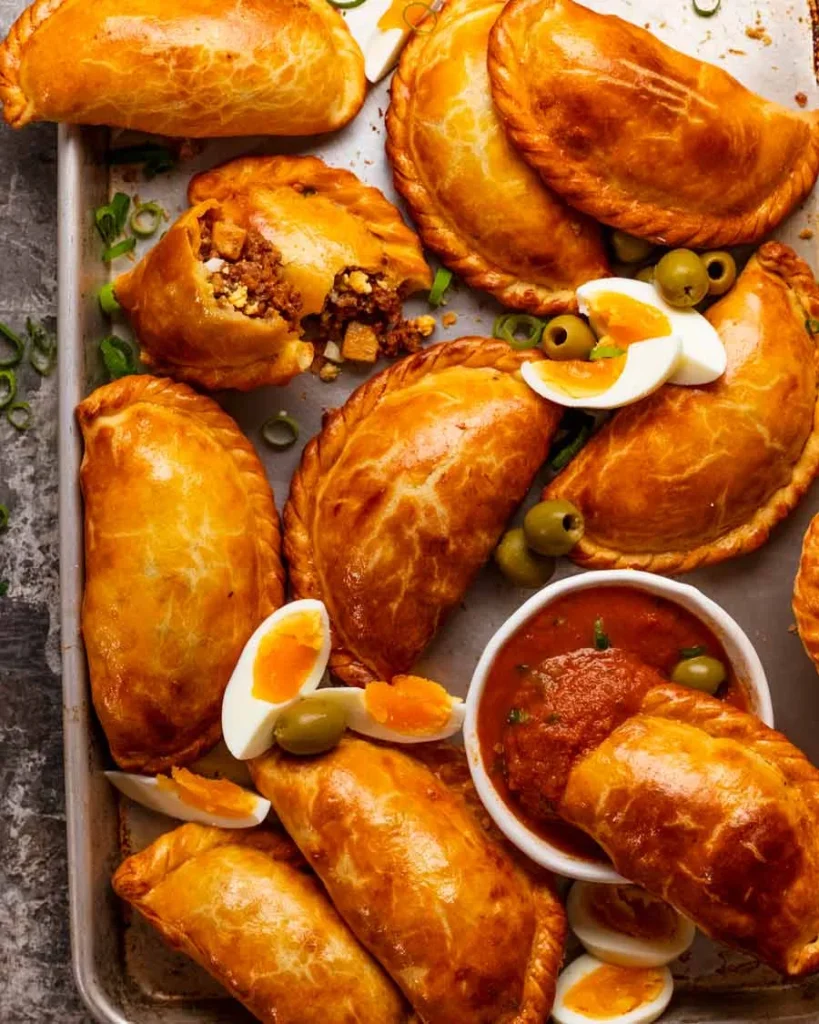
14) Empanadas
Empanadas are popular in Mexican cuisine. They are pastry turnovers filled with delicious ingredients. You can fill them with meat, cheese, vegetables, or fruits.
To start, make the dough. Mix flour, salt, and cold butter. Add water little by little until the dough forms. Knead it, then let it rest.
For the filling, you may use different ingredients. Sauté ground meat with spices like cumin and garlic powder. You can also add onions and tomatoes. For sweet fillings, use fruits or a mixture of brown sugar.
Prepare the empanadas by rolling out the dough. Cut circles with a round cutter. Place a spoonful of filling in the center. Fold the dough over and press the edges to seal.
Fry the empanadas in hot oil until golden brown or bake them at 375°F for about 25 minutes. Use egg wash on top for a nice golden color. Serve hot and enjoy!
You can garnish with pico de gallo, salsa, or crema for added flavor. The crisp crust and warm filling make empanadas a delightful treat for any meal.
History Of Mexican Bread
Mexican bread has a rich history influenced by various cultures. You’ll discover how it evolved and its deep cultural significance.
Origins And Evolution
Mexican bread-making started after the Spanish Conquest in the 16th century. The Spanish introduced wheat and European baking techniques to the indigenous people. Before this, native Mexicans mainly consumed corn-based foods like tortillas.
As Mexican bakers combined European methods with local ingredients, unique bread types emerged. One example is the “bolillo,” a crusty roll that’s now common throughout Mexico. Other influences include the French, who introduced techniques that led to sweet breads and pastries like “conchas.”
The continuous blending of cultural practices and ingredients resulted in the diverse array of breads found in Mexico today. This historical journey highlights the fusion of indigenous and European traditions.
Cultural Significance
Bread plays a vital role in Mexican culture. It’s not just a daily food item but also a part of many traditions and celebrations. For example, “Pan de Muerto” is a special bread made for Day of the Dead, a festival to honor deceased loved ones. The bread is often shaped to resemble bones.
In everyday life, bread is enjoyed in various forms, from simple rolls to sweet, colorful pastries. It’s a staple at every meal, reflecting the deep-rooted significance of bread in Mexican homes and communities.
You will often find bakeries, or “panaderías,” in every neighborhood, each offering a wide range of bread that showcases Mexico’s rich baking heritage. The cultural importance of bread in Mexican society underscores its role beyond just nourishment.
Key Ingredients And Techniques
Bread is a staple in Mexican cuisine, and each recipe uses specific ingredients and techniques to bring out unique flavors and textures. Knowing about these key ingredients and methods will help you make authentic Mexican bread at home.
Traditional Ingredients
Flours: Mexican breads often use a mix of bread flour and all-purpose flour to achieve a good structure and texture. For example, bolillo rolls use all-purpose flour for a softer crumb.
Yeast: Active dry yeast is common and essential for the dough to rise. Yeast must be activated in warm water before mixing it with other ingredients.
Fats: Butter and oil are often used in Mexican bread. Melted butter is crucial for recipes like pan de muerto (Day of the Dead bread).
Sweeteners: Sugar and sometimes piloncillo (unrefined cane sugar) add sweetness. Sugar also helps activate the yeast.
Liquids: Warm water or milk are needed to form the dough and help yeast activation. Some recipes, like Mexican sweet bread, use lukewarm milk instead of water.
Eggs: Many Mexican bread recipes, especially sweet ones like conchas, use eggs to enrich the dough and improve texture.
Baking Techniques
Kneading: Proper kneading is essential. Use a stand mixer with a dough hook for about 7 minutes or knead by hand until the dough is smooth and elastic. This process develops gluten, which gives the bread its structure.
Proofing: Allowing the dough to rise in a warm place until it doubles in size ensures the bread will be airy and fluffy. This can take an hour or more, depending on room temperature.
Shaping: Shaping the dough correctly is important for traditional shapes like bolillos and conchas. Use your hands to form the dough into the desired shape after the first rise.
Baking: Preheating the oven to the right temperature is vital. Mexican breads often bake at higher temperatures (around 375-400°F). This helps form a crispy crust while keeping the inside soft.
Finishing Touches: Some breads need extra touches before baking, like a sugar topping on conchas or an egg wash on bolillos. These add flavor and a beautiful finish.
With these key ingredients and techniques, you can recreate the delicious, authentic breads enjoyed in Mexican households.
Health Benefits And Nutritional Information
Mexican bread can be both delicious and nutritious. Learn about the specific nutrients found in various types of Mexican bread and any health considerations to keep in mind.
Nutritional Profile
Mexican breads come in various types, including bolillos, cornbread, and sweet breads like conchas. These breads often contain carbohydrates, proteins, and fats. For example, a typical bolillo roll made from flour, yeast, and oil provides energy and a small amount of fiber. Cornbread, made with cornmeal and flour, can be a source of vitamin B, iron, and magnesium.
- Carbohydrates: Provide energy; main component of breads.
- Proteins: Found in fillings and additions such as cheese.
- Fats: Often from oils or butter used in recipes.
Health Considerations
While Mexican bread can be nutritious, there are a few health factors to consider. Some breads may be high in sugar and calories, affecting weight management and blood sugar levels. Sweet breads like conchas can be high in saturated fats due to butter and eggs. If you’re watching your salt intake, note that many breads contain added salt for flavor.
To make healthier choices, opt for breads made with whole grains or less sugar. Moderation is key, ensuring you enjoy these breads without overconsumption.
